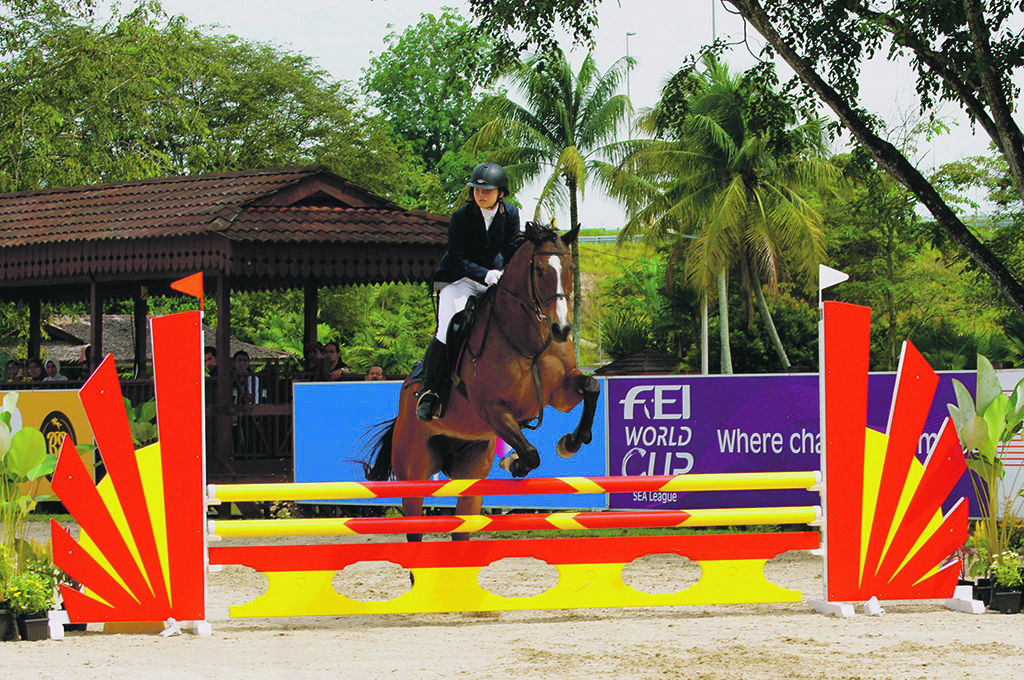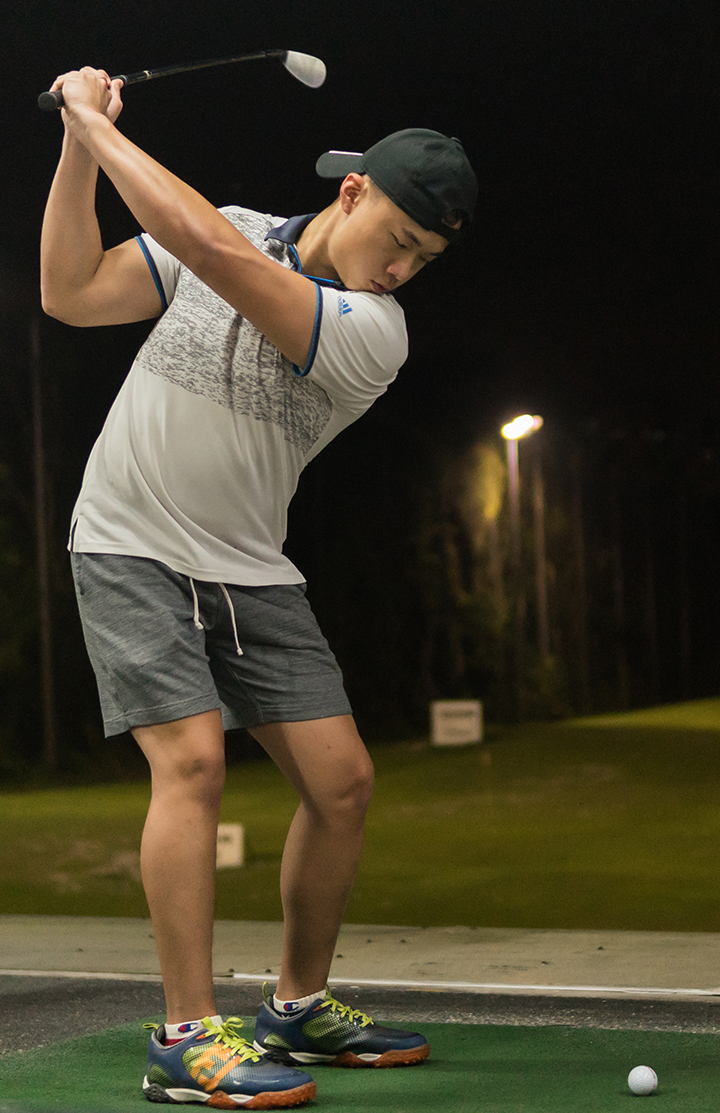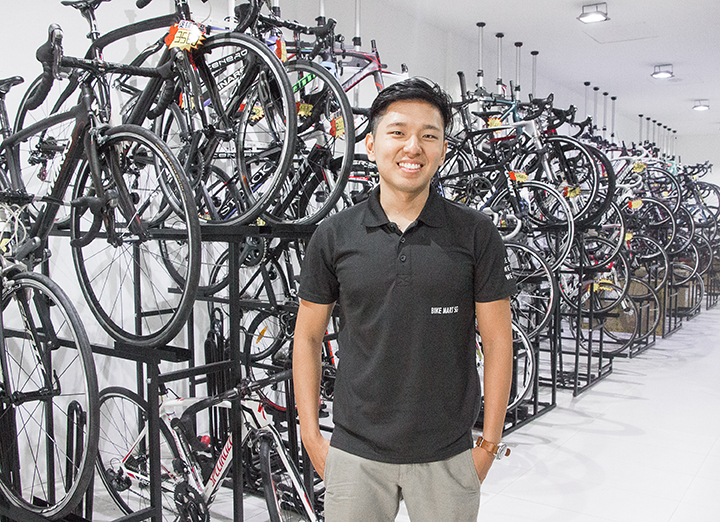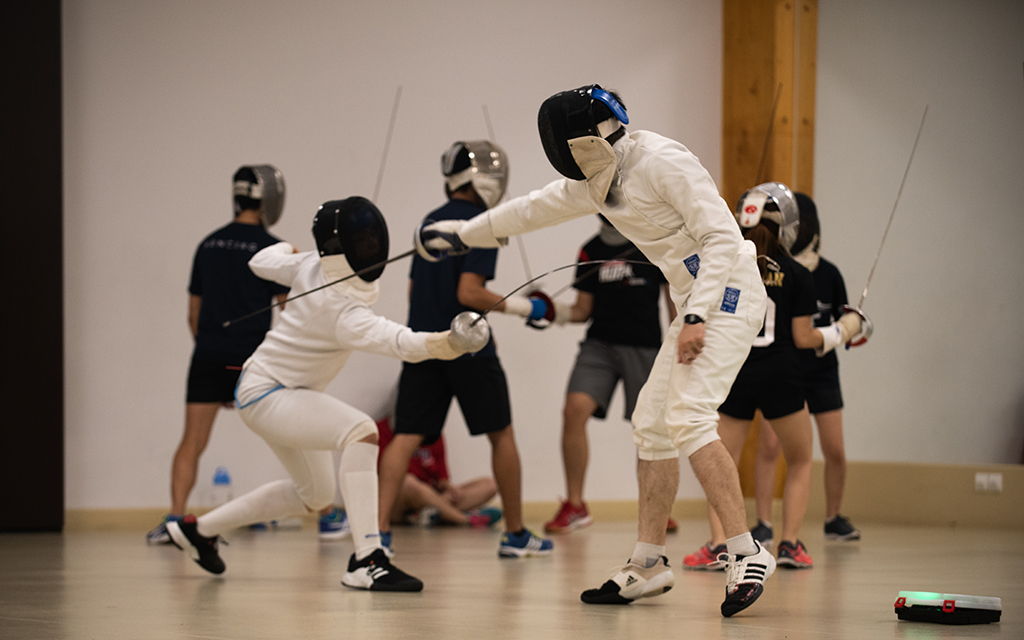The price to play
24 Sep 2018
By Jill Marianne Arul
 Jolene Lee competes for Singapore Turf Club Riding Centre in Singapore and Malaysia.
Jolene Lee competes for Singapore Turf Club Riding Centre in Singapore and Malaysia.
PHOTO COURTESY OF JOLENE LEE
Since Jolene Lee, 23, started horse-riding 15 years ago, her family has invested more than $170,000 into the sport, with the bulk of the cost coming from buying and taking care of a horse.
While riding equipment like boots, pants and jackets can cost about $200 in total, horses cost much more. Lee bought her first horse, a Thoroughbred, for $30,000 ten years ago. She kept it in Malaysia as its horseshoe care, dental and veterinary bills cost about $900 there, which was much cheaper than the $2,500 she would have to fork out in Singapore.
A costly ride
In Singapore, the price of a horse can range from $5,000 to $100,000, and this varies with the horses’ breed, pedigree and competitive experience.
The final-year Sports Science and Management (SSM) student, who has competed for local stable Singapore Turf Club Riding Centre here and in Malaysia, said having a skilled horse with a strong winning record gives riders a big advantage over a less experienced horse.
But these experienced horses can demand up to a six-figure sum.
“In Malaysia, people have million-dollar horses. They can be a very new rider, but with a horse like that, nobody can touch them (in competitions),” Lee said, adding that these horses can complete more complex obstacles.
To save costs, Lee decided not to buy another horse after her first horse died. Instead, she trains with different horses from the stable and leases a horse three months before a competition to train with it. This way, it only costs about $900 a month.
“Each horse I train with is different but there’s always something new to learn from each of them,” said Lee.
Golfing across shores
 Leong Peng Mun practising at the Warren Golf Driving Range.
Leong Peng Mun practising at the Warren Golf Driving Range.
PHOTO: JOEL CHAN
Athletes also work around costs by training in neighbouring countries. One of them is Leong Peng Mun, a second-year Nanyang Business School student, who started playing golf when he was 12.
The 22-year-old often heads to Malaysia and Indonesia for recreational golf trips. The price to play overseas is cheaper, even after including the cost of ferry travel, he said.
It was only when Leong entered university that he began competing in Singapore, as NTU provided some subsidies to lower the costs. The NTU Golf Club, which Leong is a member of, provides discounted rates for a year’s worth of lessons and events at the Warren Golf and Country Club.
For golf, a full set of 13 clubs costs an average of $3,500. Leong works around these costs by using a beginner golf set that is a third of the price. He has modified some clubs by replacing the head or the shaft, which cost him about $1,000.
“My favourite thing about golf is the constantly changing environmental conditions of the course — the grass, the wind, and the flexibility of your body can change,” said Leong. “But it teaches you to be patient and to adapt.”
Second-hand cycling
 Despite being a full-time university student, Tan Jia Yu still manages to run his own store, Bike Mart SG.
Despite being a full-time university student, Tan Jia Yu still manages to run his own store, Bike Mart SG.
PHOTO: DEBBIE MICHELLE NG
When ex-triathlete Tan Jia Yu, 26, started out in the sport, he had to fork out $5,000 for his first triathlon bike.
On top of that, a competitive cyclist also needs cycling clothes, shoes, a helmet and a cycling computer to track distances and speeds during training. After including competition registration fees, the total sum could add up to about $6,000.
These expenses spurred Tan, a final-year SSM student, to start his own second-hand racing and triathlon bicycle shop at Geylang Bahru last year.
He imports bicycles from Perth and also refurbishes old bikes. He then sells these second-hand entry-level bicycles for between $700 and $1,500 — a third the cost of an average bike.
Tan, who recently stopped cycling competitively to focus on his business, hopes his shop can make cycling more affordable and accessible to beginners.
“This shop is for those who are going through what I went through, and to provide a platform for people who want to start cycling,” he said.
Fencing fancy
 Timothy Sim (left) executing a counter-attack on his sparring partner, Cedric Tan.
Timothy Sim (left) executing a counter-attack on his sparring partner, Cedric Tan.
In the six years that Timothy Sim, 23, has fenced, he has invested about $20,000 in the sport. These costs come from the equipment, coaching sessions, competition and club fees, as well as travel expenses from regional competitions, like the 1st Asean University Fencing Championships he took part in two years ago in Johor Bahru, Malaysia.
Fencing equipment include a mask, glove, jacket, weapon, plastron — the padding worn underneath the jacket — and breeches. Higher tier fencing equipment costs about $1,500 on average and can last for about 10 years.
Many fencers opt for equipment made in China that can go for as low as $500 for a full set, but they do not meet international competition criteria, said Sim.
To save costs, the final-year SSM student owns two sets of gears — a lower tier set for training and a more expensive set for competitions. This preserves his competition gear for use in the long run.
However, his weapon — an épée — which costs $230, has to be replaced every two years due to wear and tear.
Sim believes that his investment in the sport is worth it as he has learnt valuable lessons from it, like how to control his emotions and embrace the repetitive process of training.
“It is definitely expensive, but it’s not a price that is unjustifiable, because of how long the equipment lasts and the lessons that fencing has taught me,” said Sim.
“I don’t believe you can put a price on those things.”





